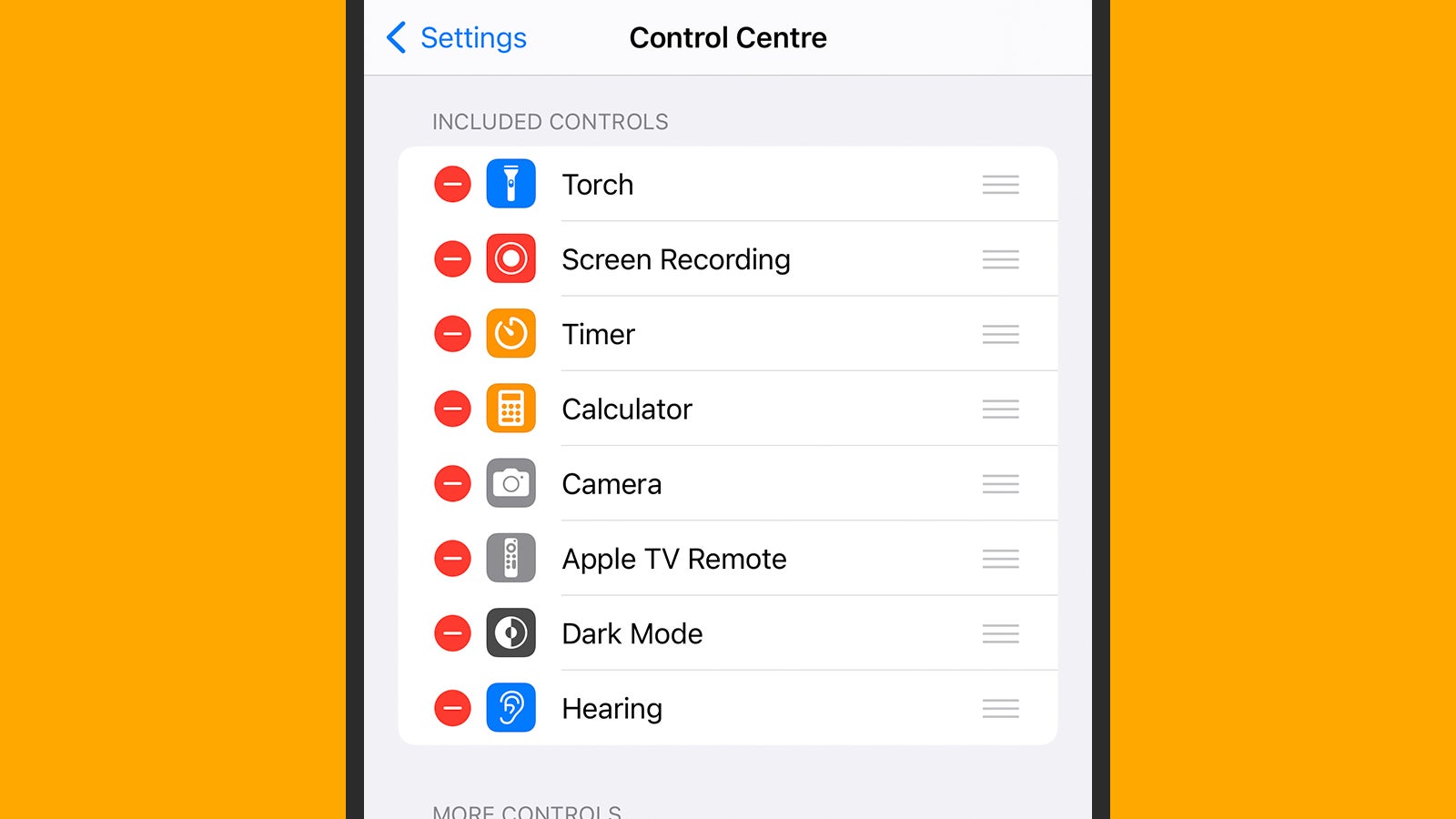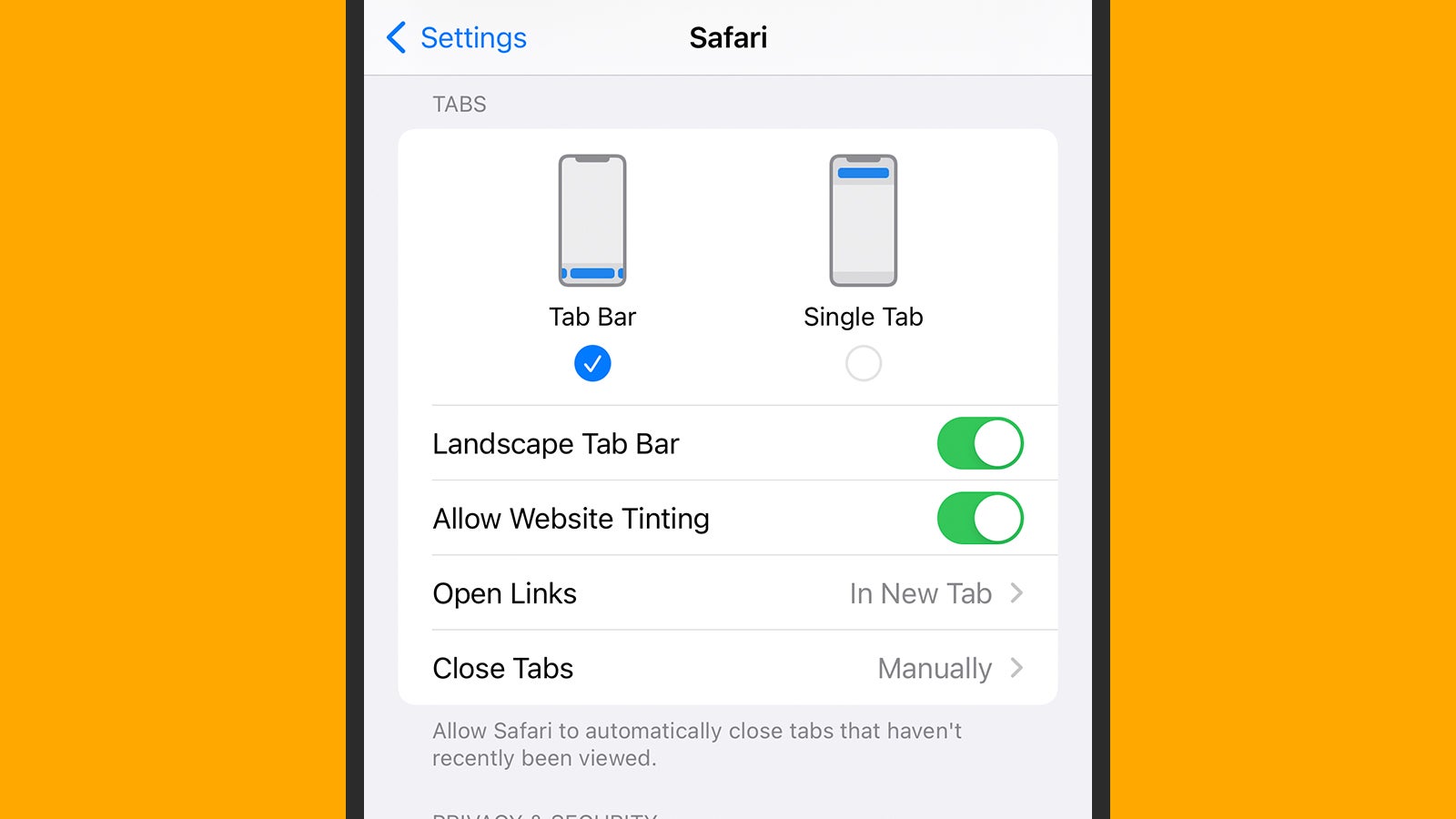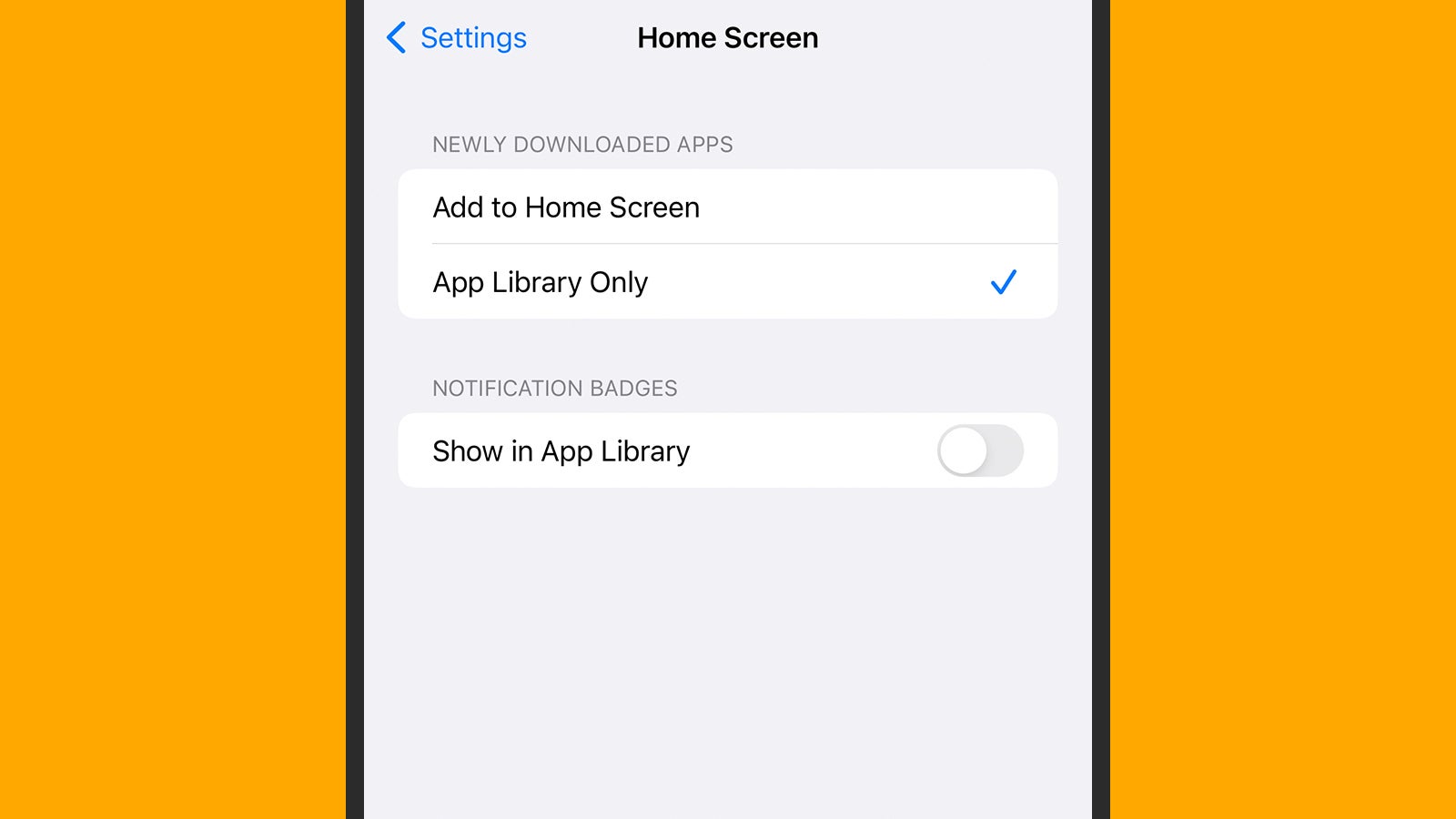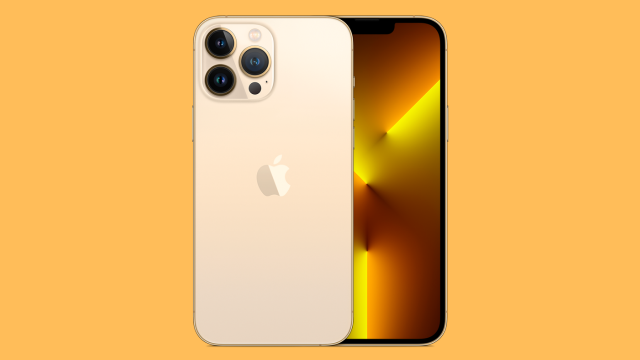If you’ve recently got your hands on an iPhone 13, you might want to check out your options in Settings. If you restored your new phone from a backup of your old one, you may want to fine-tune it to better suit your needs. If you’re setting up the iPhone 13 as a brand new phone, well, you’ll have plenty to dive into. The iOS Settings menu is jam-packed, but by changing around a few of the default options, you can customise your new iPhone to fit into your routine. Here are the 11 settings we reckon you should change first.
1. Set up scheduled notifications
A lot of notifications don’t need to be read right away, like alerts for new movies on Amazon Prime Video or a like on your Instagram post. To bundle these alerts in scheduled deliveries rather than having them ping your phone as they come in, tap the Notifications option from Settings and then choose Scheduled Summary to choose your daily delivery times.
2. Change the auto-lock time
If you choose Display & Brightness and then Auto-Lock from Settings, you can set the period of inactivity that your iPhone waits for before locking itself. Keeping it short saves battery life and is better from a security point of view, but if the display is often dimming and locking while you’re still using it, you push this time up from the default 30 seconds.
3. Add a second face to Face ID
From Settings, tap Face ID & Passcode, then choose Set Up an Alternative Appearance to configure a second face for unlocking your phone. This can either be you looking notably different, or the face of a significant other or relative who might have to get into your phone in an emergency. You can’t use it while wearing a face mask, though.

4. Customise your control centre
Control Centre, accessible via a swipe down from the top right of your iPhone screen, is an invaluable menu of shortcuts to everything from the flashlight on your iPhone 13, to nearby AirPlay devices. To make sure that the shortcuts here are the ones you’re actually going to need, open up iOS Settings and then choose Control Centre to configure how the panel is populated.
5. Bring old Safari back
Apple redesigned Safari on iOS so that the address and tab bar are down at the bottom of the screen now. That might be perfectly OK with you, but if it isn’t, you can reverse the change: open the Settings screen in iOS, then select Safari and choose Single Tab under Tabs. There are plenty of other useful Safari options that you can play around with here as well.

6. Set a double-tap shortcut
You can configure a double-tap on the back of your iPhone 13 to perform a certain action, like take a screenshot, launch the camera, open a particular app, lock the screen, activate Siri and more. Open Settings, then tap Accessibility, Touch and Back Tap to configure your shortcut. You can set a custom triple-tap shortcut as well as a double-tap one.
7. Change your video recording settings
Your iPhone 13 comes with a bundle of useful video recording features and enhancements, but you don’t necessarily want all the bells and whistles turned on for casual clips, because they can significantly increase the storage space required for videos. To configure the capture format to suit your own needs, pick Camera and then Record Video from Settings.
8. Choose what happens to new apps
With the App Library now available on iOS, you have the option of adding new apps to the home screens (for easy access) or only to the App Library overview (which can help avoid home screen clutter). When you’ve decided which of these two options you prefer, open Settings and tap Home Screen to tell your iPhone 13 what to do with newly installed apps.

9. Adjust the True Tone setting
By default, the iPhone 13 uses a True Tone feature that matches the colours of the display to the ambient light, to make them appear as natural as possible. If you’d prefer a more consistent colour configuration on your iPhone, you can adjust this from the main Settings menu in iOS by choosing Display & Brightness and then tapping on True Tone.
10. Turn off auto-brightness
Similar to True Tone, the auto-brightness feature automatically adjusts the brightness of the screen depending on the environment that you’re currently in. If you want to turn this off and keep manual control over the display brightness, you need to go to Accessibility from Settings, then tap Display & Text Size and choose Auto-Brightness.
11. Turn on iCloud Private Relay
If you pay for iCloud storage, then you now have access to a bunch of extra features under the iCloud+ branding. That includes iCloud Private Relay, a Virtual Private Network (VPN) of sorts that reroutes and encrypts your web traffic to prevent snooping. From the main Settings screen, tap on your name and then iCloud to find the Private Relay toggle switch.
Happy iPhone 13-ing, folks.
This article has been updated since it was first published.
